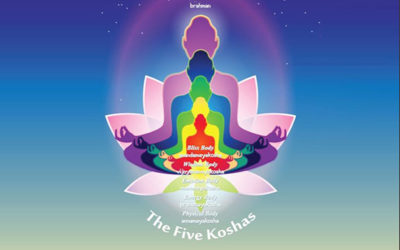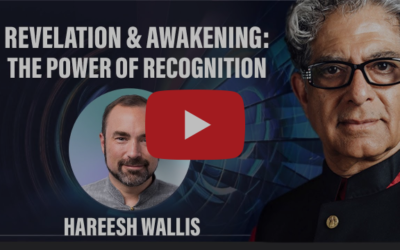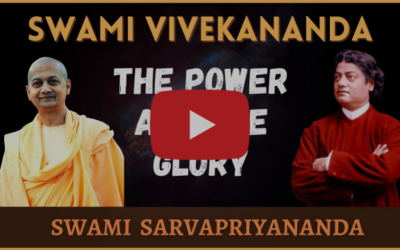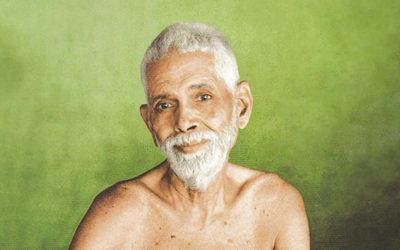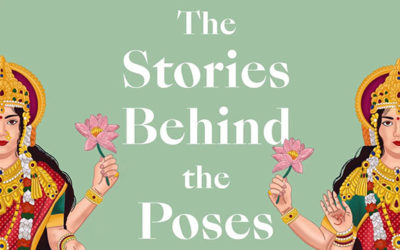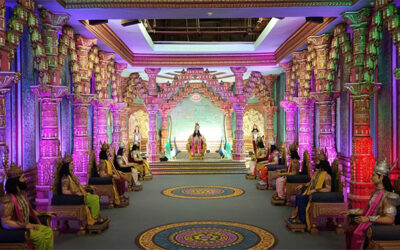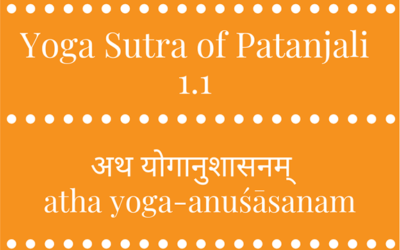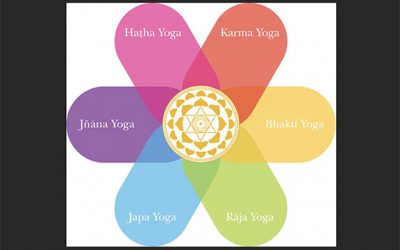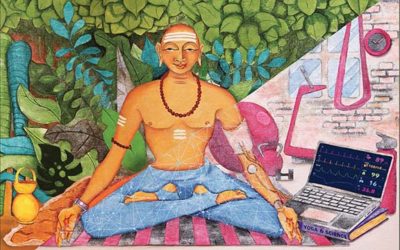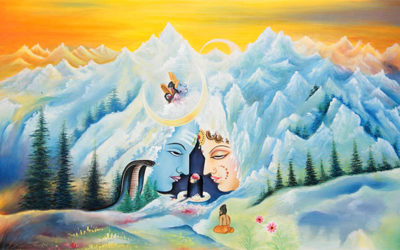Live in the golden present, then you won’t have any anxiety or any fear of losing anything. Look at the sparrows, they just fly around. If they are hungry they just go and pick up a grain from anywhere. They are not constantly worried about what will happen tomorrow,...
Can the Yoga Sutras Bestow Power?
Observing how Yoga has changed the world, I cannot help but wonder how the world has changed Yoga. As the plethora of Yoga studios and communities formed, they focused mainly on serving the physical body. The calling was great; strengthen and balance the body—that is...
The Five Koshas
One question I often like to start my meditation workshops with is: Are you your thoughts? It’s quite controversial for some people and can provoke interesting responses. Sure, most of the time we feel like we are stuck in our heads. But aside from our minds, how else...
Light on the Yamas & Niyamas: Introduction
In this new column, Dale Ann Gray offers reflections on the yamas and niyamas of the Yoga Sutras, incorporating insights from classical Nondual Yoga. In this article, she offers an overview on the distinctions between the dualistic philosophy of Patanjali’s Yoga and...
The Power of Recognition
In this discussion between Dr. Deepak Chopra and Dr. Christopher Wallis, they discuss the nature of Consciousness and how we know anything that we know. And, as Swami Satchidananda always taught, enlightenment is nothing you need to "get" from outside or "achieve."...
Swami Vivekananda: The Power & the Glory of Vedanta
On January 13th, the Vedanta Society celebrated the birth anniversary of the great sage Swami Vivekananda. In this video, Swami Sarvapriyananda, spiritual director of the New York branch, pays homage to Swami Vivekananda for his contributions to Indian society and the...
Be As You Are—The Teachings of Sri Ramana Maharshi
David Godman (his family’s actual surname!) read a book in 1974 about the great sage and jnani, Sri Ramana Maharshi, and two years later traveled to his ashram in India. Since then, he has lived almost continuously in Tiruvannamalai, the town where Sri Ramana spent...
BOOK: The Stories Behind the Poses
Discover the traditional stories and wisdom behind your favorite Yoga poses in The Stories Behind the Poses: The Indian Mythology that Inspired 50 Yoga Postures, the stunningly illustrated book of Indian mythology for yogis of all levels. A beautifully written...
Questions and Answers on the Yamas
Q: In the Ramayana and Mahabharata, it’s clear that there was killing. The Gita itself takes place on a battlefield. How is this explained and justified in terms of ahimsa (non-violence)? Swami Satchidananda: In the Bhagavad Gita, Krishna talks about non‑violence to...
Raja Yoga Now: The Beginning
The Yoga Sutras of Patanjali begins with a call that reverberates through the ages: Atha Yoganusasanam: Now the exposition of Yoga is being made. It is an invitation to seekers of truth everywhere, irrespective of place, time or circumstance. It offers a universal...
The Integral Yoga System: A Quick Overview
The first thing I love about Yoga is that it’s something you can do when everything else out there is falling apart. I know this has brought many people to Yoga. It’s a way to assert your own power and control over your life, even when you seem powerless to change...
The Science of Yoga, Part 1: Yogabhyasa and Yogavidya
The practice of Yoga and the science of Yoga, or Yogabhyasa and Yogavidya, are two of the traditional ways that Yoga is described. Yoga is a practice (abhyasa) and a science (vidya). While asanas and pranayama are immensely popular and currently the most visible...
A Brief History of Sri Guru Gita
Sri Guru Gita is a compilation of verses dedicated to the veneration of the Guru—both one’s embodied Guru, as well as the Guru-tattva or Guru Principle. Many devotees repeat the entire Gita daily, though some repeat it yearly during the annual Guru Poornima (July full...
The Eye of the Self
One can appreciate Yoga, and be a yogi, without disturbing one’s own faith. There are Yoga centers all over the world. Often, students begin with Hatha Yoga, the physical side. Gradually, when they understand the true essence of Yoga, they want to go more deeply into...
Awakening from the Dream
Someone asked me the question: “I feel selfish and troubled all the time. Why is it so hard to feel peaceful all the time if it’s my true nature?” Well, that question cannot be answered with words but can be realized. How? By knowing the Knower, being the Be-er. Now,...
Kundalini: A Dynamic Force
Yoga students should be very, very careful when it comes the kundalini. It is a dynamic force, part of the cosmic force, that is in everybody. It is something like a seed that is alive and has the quality to germinate into a big tree. But, if you break open the seed...



